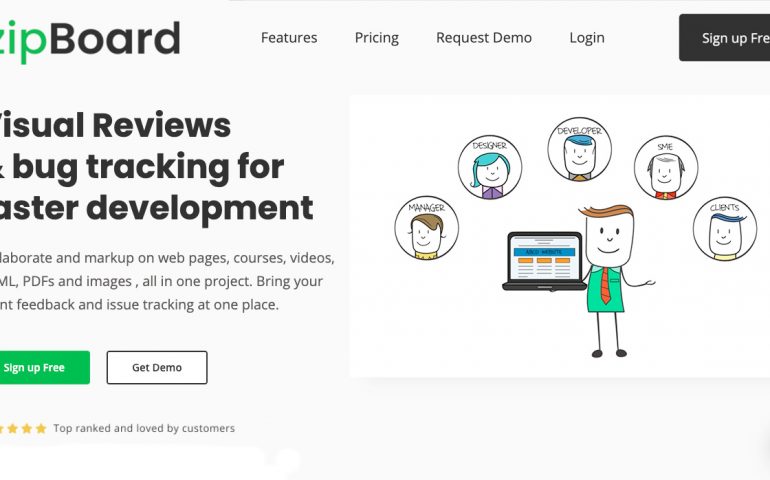05 Oct

Using Agile methodology for eLearning course development
More and more eLearning professionals are inclining towards making their process and their team agile.
25 Sep

Designing Accessible eLearning Courses
Create accessible eLearning content that complies with WCAG standard guidelines and 508 compliance. Accessible eLearning development is important to provide a complete learning experience to users with disabilities.
03 Sep

Manage your zipBoard Projects in Microsoft Team, Import Issues in CSV, and Improved reporting
zipBoard features updated. Now its easy to manage your zipBoard Projects in Microsoft Team, Importing Issues in CSV/excel and track progress with improved reporting.
28 Aug

The Most Popular 45+ Web Tools in 2025
Innovation in web development is evolving rapidly every year. 5 to 10 years ago no one would have thought that we would be able to build powerful web applications in the browser as we are able to do today. Back in those days, people would use software installed on their local computer or laptop to
04 Aug

eLearning Quality Assurance Checklist with use cases and examples
eLearning QA checklist for evaluating online eLearning content. With use case scenarios and example for every assessment.
09 Jul

Why zipBoard for bug tracking?
Why zipBoard? Get every stakeholder to share their feedback quickly through annotated screenshots and online videos with zipBoard. 1. Share feedback using visual tools Now you can gather feedback from clients, without them having to leave the content that they are reviewing. Clients explain better with screen casting and visual annotation tools to highlight issues.
03 Jul

9 tips to make eLearning development process fast and efficient
Developing qualitative eLearning courses fast is always a challenge. In this article we have 9 simple ways to make eLearning development process fast and efficient.
25 Jun
Ways to Improve speed and development of e-learning courses
With the sudden shift in the business operations due to COVID-19 pandemic, E-learning content is in high demand. Due to the lockdown situation employees now have to work from home for not sure how long. This whole situation has increased the demand of online courses for companies, students and other learners. And in such times
04 Jun
How Remote Teams Use Asynchronous Communication
We are all spending more time in video calls and zoom meetings, navigating through the current times. Lets, face it zoom fatigue is real. Learn how you can move some of your synchronous meetings to asynchronous communication. In our traditional work culture, we spend a lot of time in meetings, which does not necessarily turn

